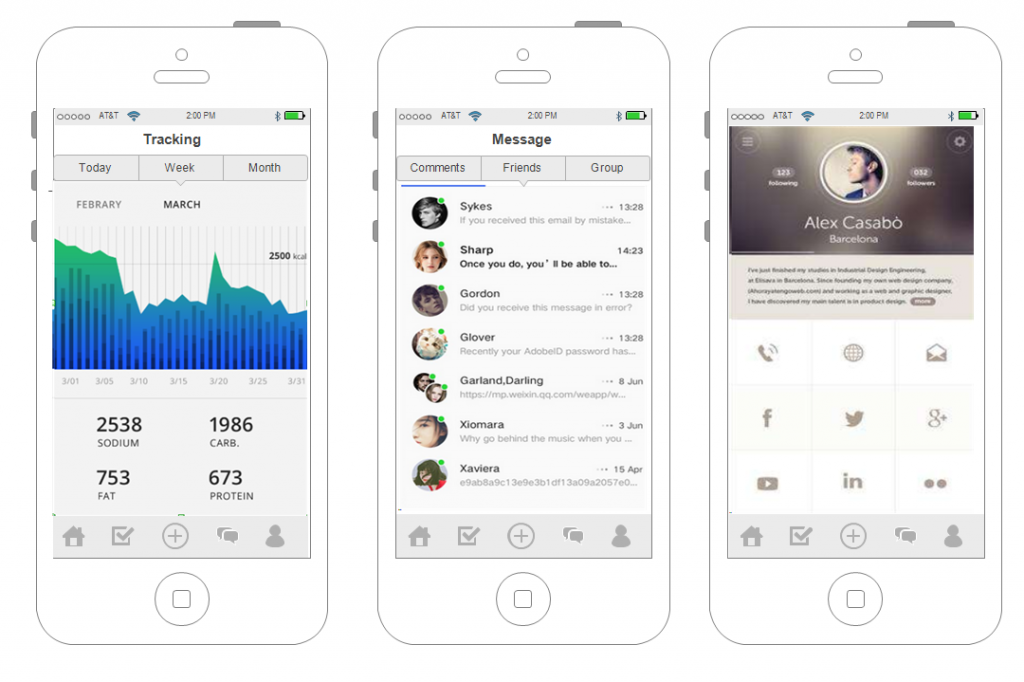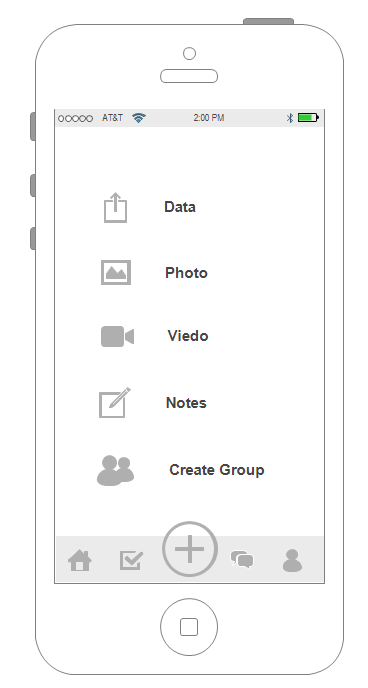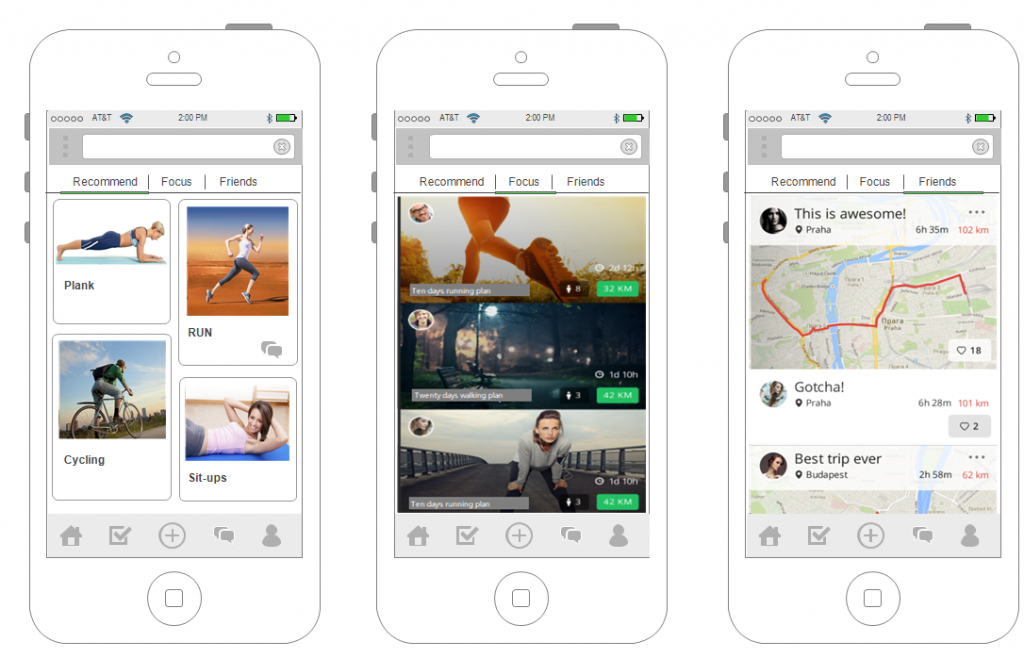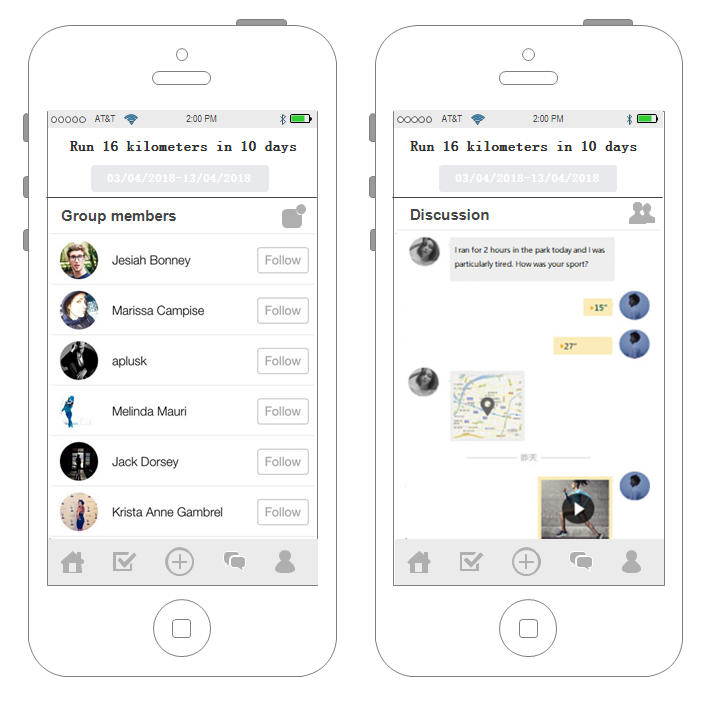Based on the characteristics and experience of target users, typical user scenarios and user behaviors, we can analyze the user experience object, which is the final result expected. The core user experience goal of Carrot can be summarized as follows:
(1) User demand: fluent registration and login process.
User scenario: Download the product for the first time.
User behavior: Simple and clear registration process, necessary guidance for first use.
User experience goal: Start experiencing products with the fastest speed and the necessary knowledge.
Measurement index: The number of registered users.
(2) User demand: record movement track and data.
User scenario: Start moving.
User behavior: Get to know your track and data at the end of the day.
User experience goal: Enhance understanding of physical behavior and gain a sense of accomplishment.
Measurement index: The habit of using a product during exercise.
(3) User demand: viewing and sharing of sports results
User scenario: End of each exercise.
User behavior: Understand this exercise data, share statistics results page to Facebook, etc.
User experience goal: Understand the results of this exercise. Shows that I am a healthy, motivated person.
Measurement index: Sharing of a single exercise result page.
(4) User Requirements: join group
User scenario: Users hope to interact with the familiar friends in the platform or get to know like-minded friends and communicate with them.
User behavior: Invite friends, search for an account or add friends through a list of recommendations.
User experience goal: Sense of participation and belonging through social interaction within the platform.
Measurement index: Number of participants in the group.
(5) User demand: choose the race
User scenario: Before first use or before new race starts.
User behavior: Choose the level that suits you and participate in a competition that can enjoy a competitive atmosphere without much acquaintance.
User experience goal: Helps to persevere better and gain a sense of participation, bid farewell to a sense of loneliness alone.
Measurement index: The number of times to register and upload data, the frequency and viscosity of the user’s use of the product
(6) User demand: feedback
User scenario: When there is a suggestion or question.
User behavior: There are ways to feedback their own problems and opinions.
User experience goal: Think the product can be improved and reliable.
Measurement index: Number of feedback received.
(7) User demand: anti-cheating function
User scenario: Phased results update or final result bonus.
User behavior: Make sure your bonus is not reduced because someone cheats.
User experience goal: Trust in the fairness of the race.
Measurement index: The frequency and viscosity of the product used by the user.

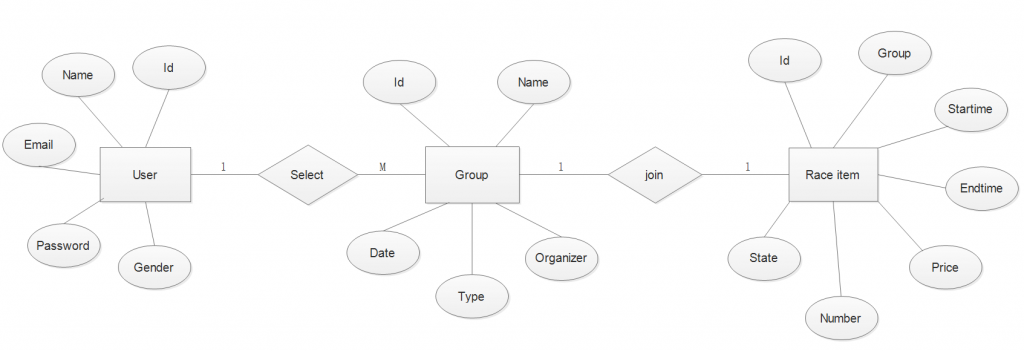
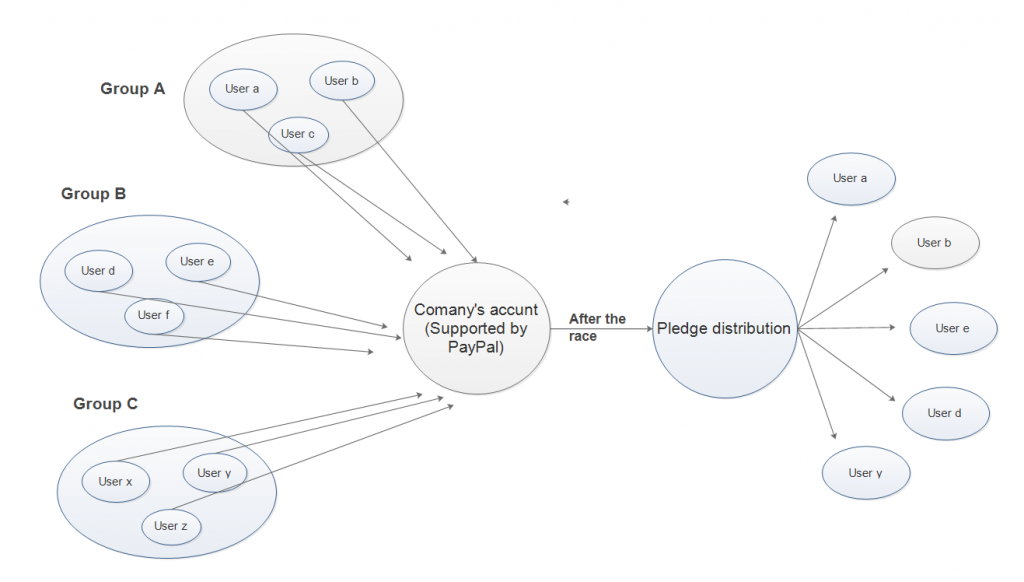
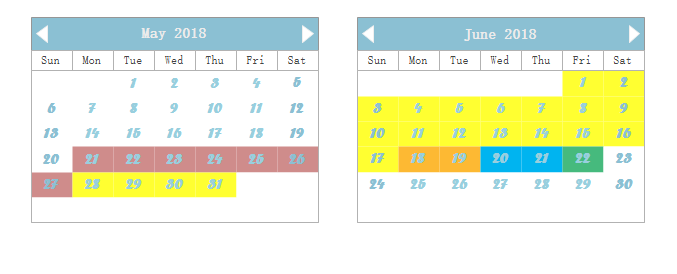 1. Sign up 05.21 – 05.27
1. Sign up 05.21 – 05.27